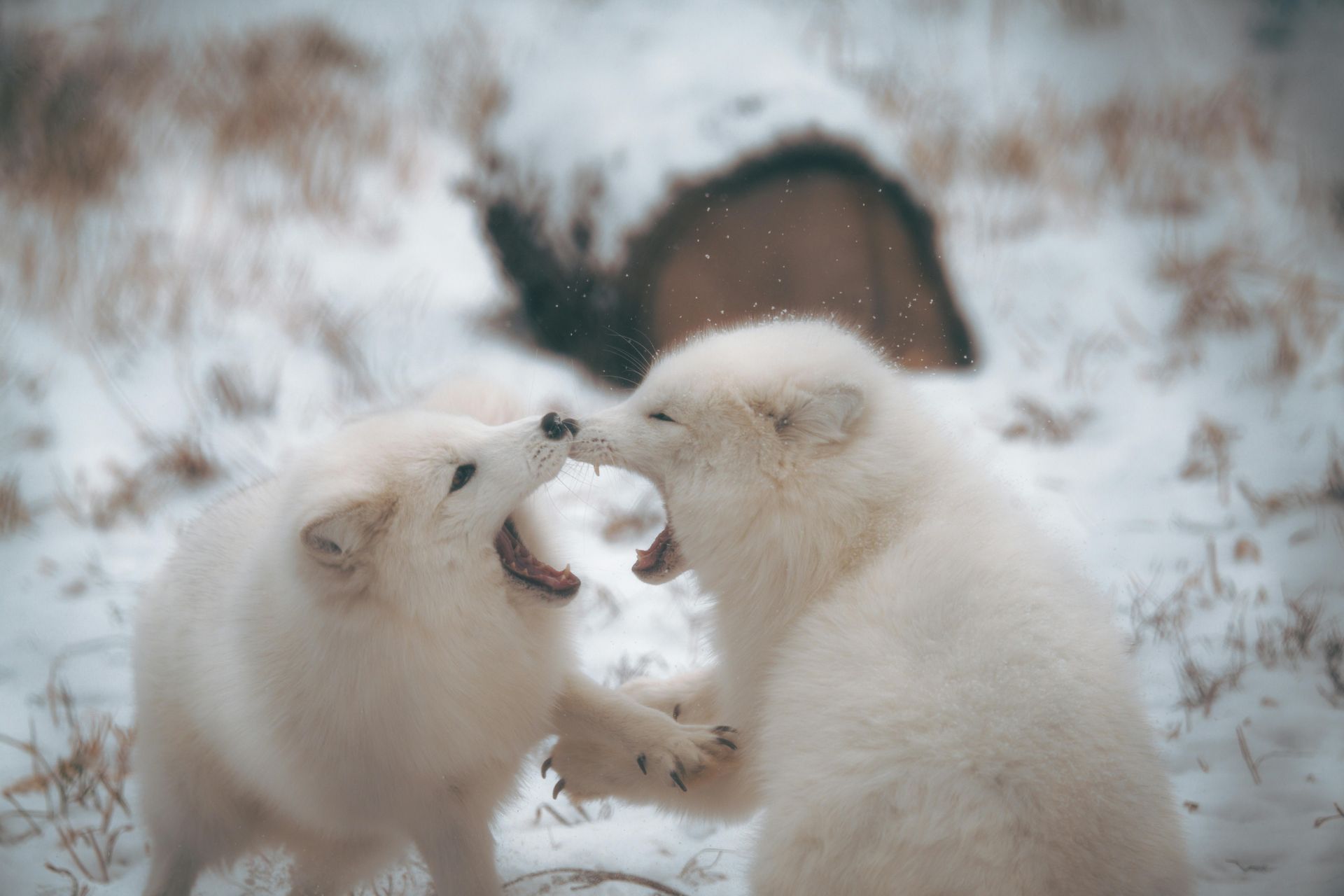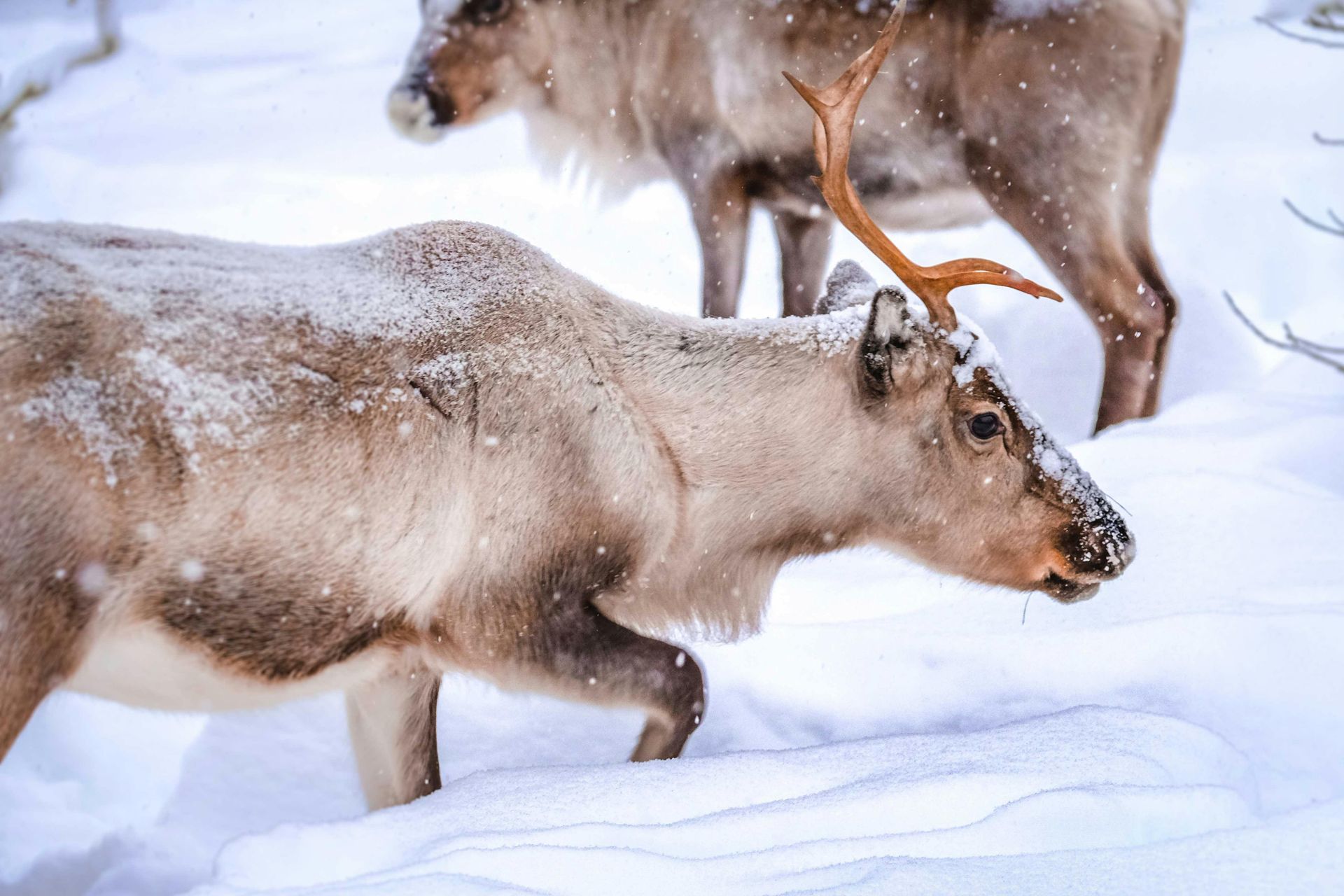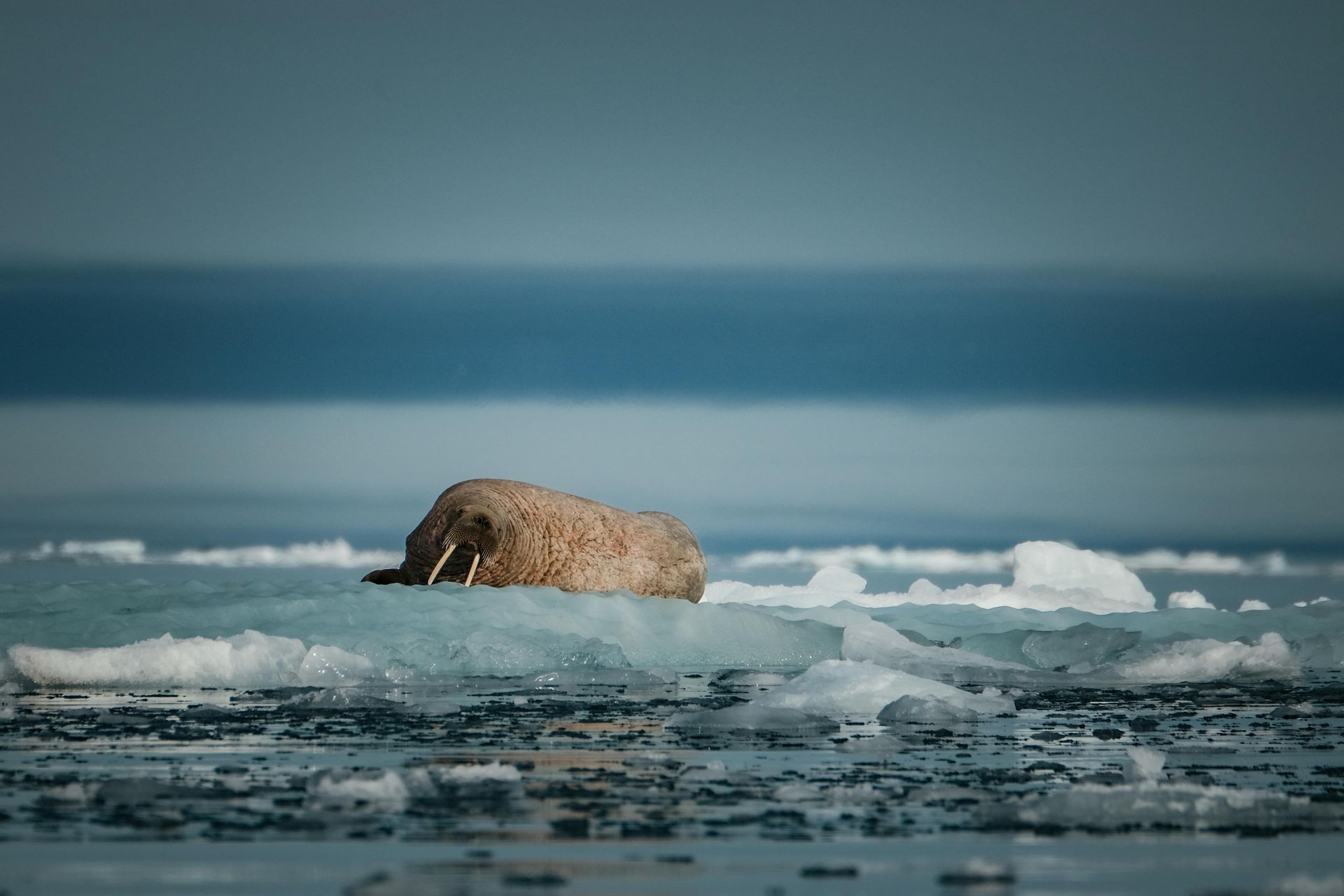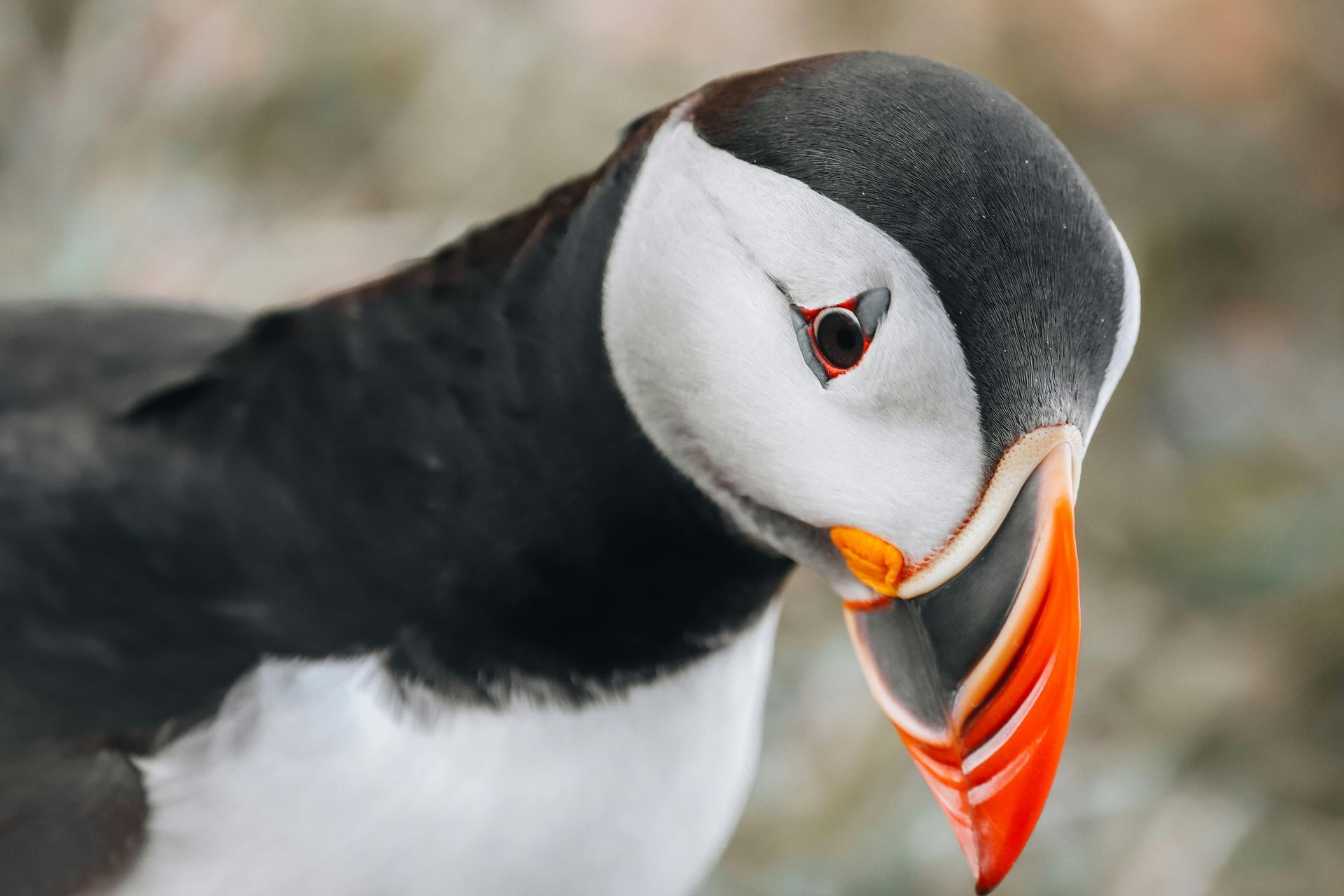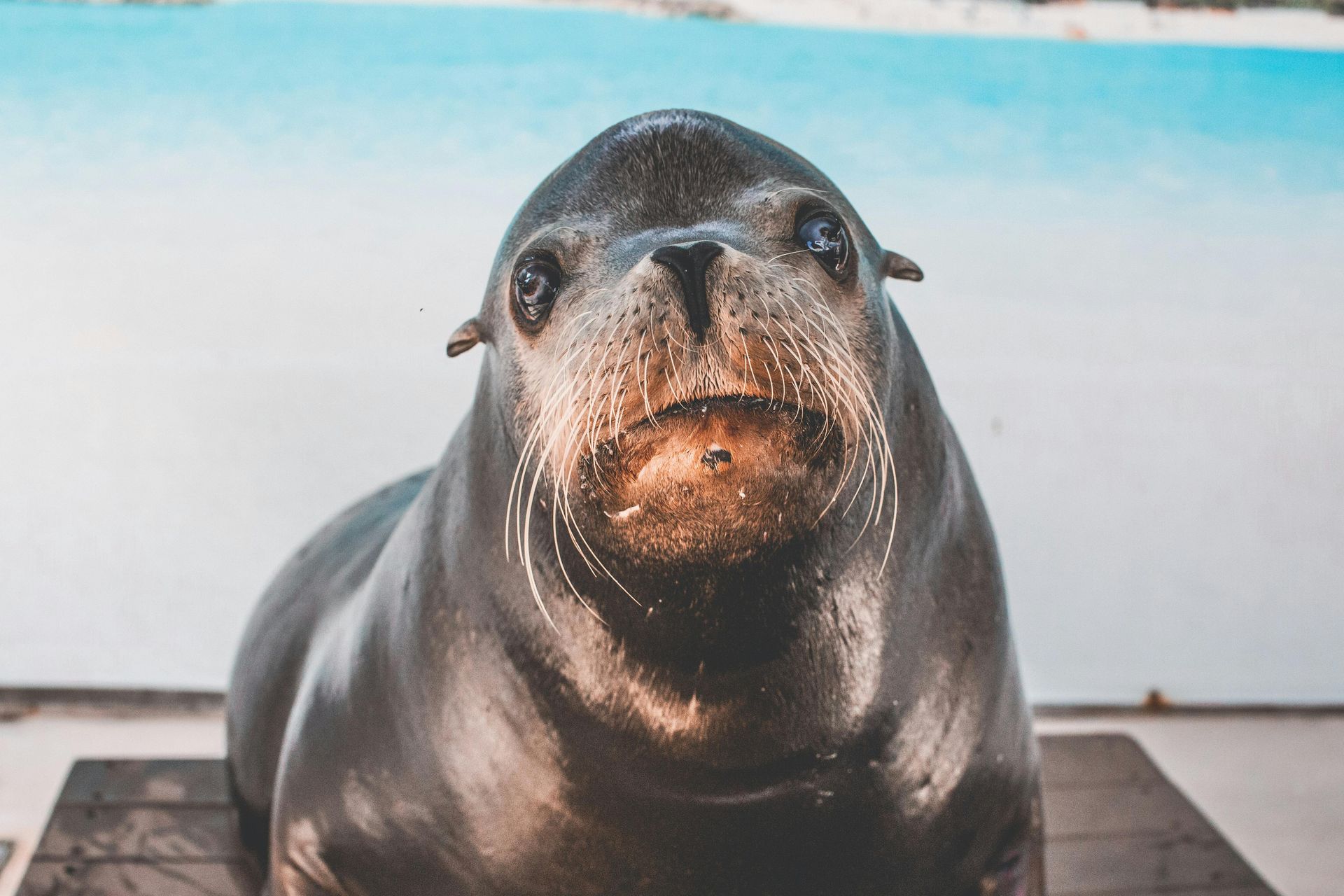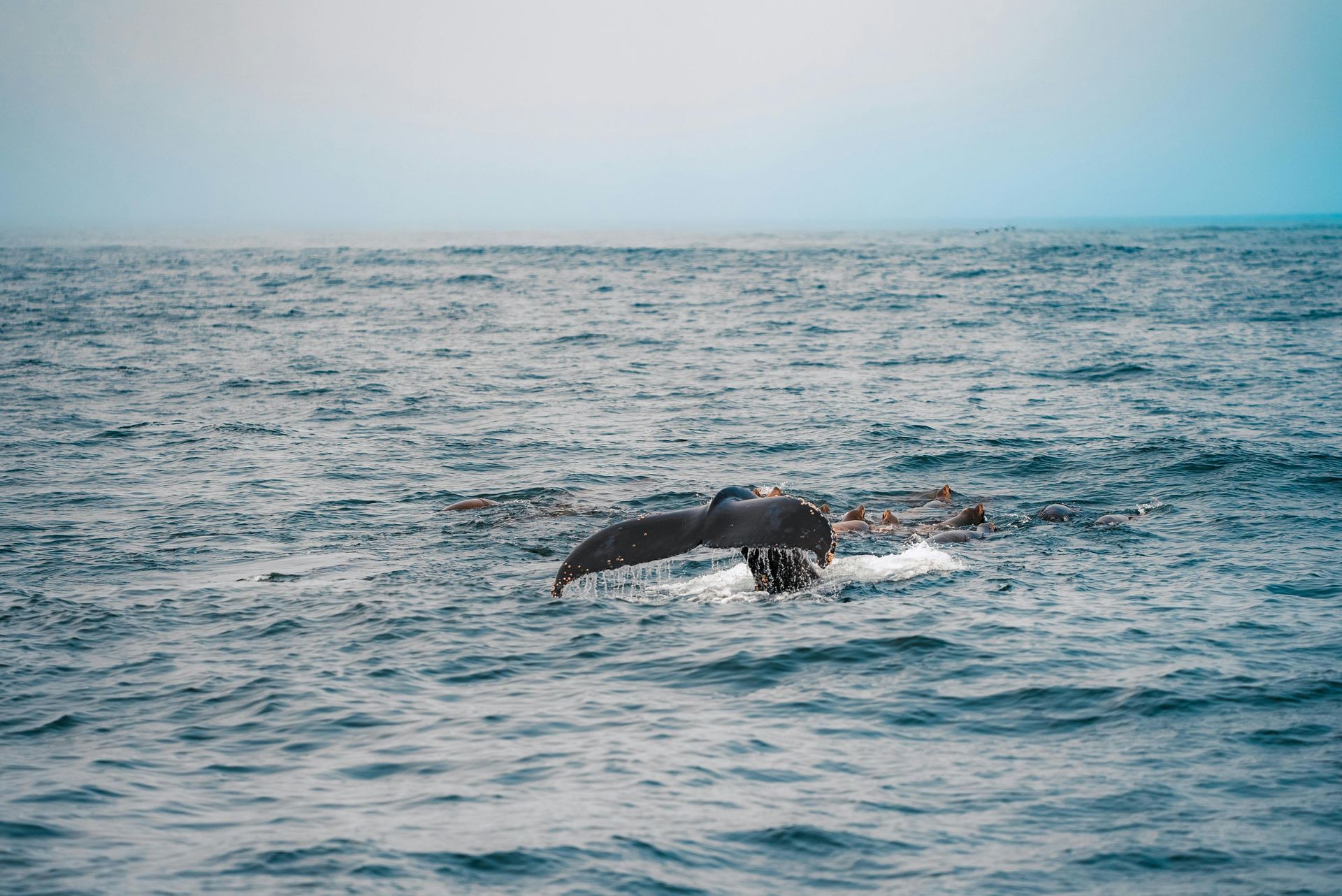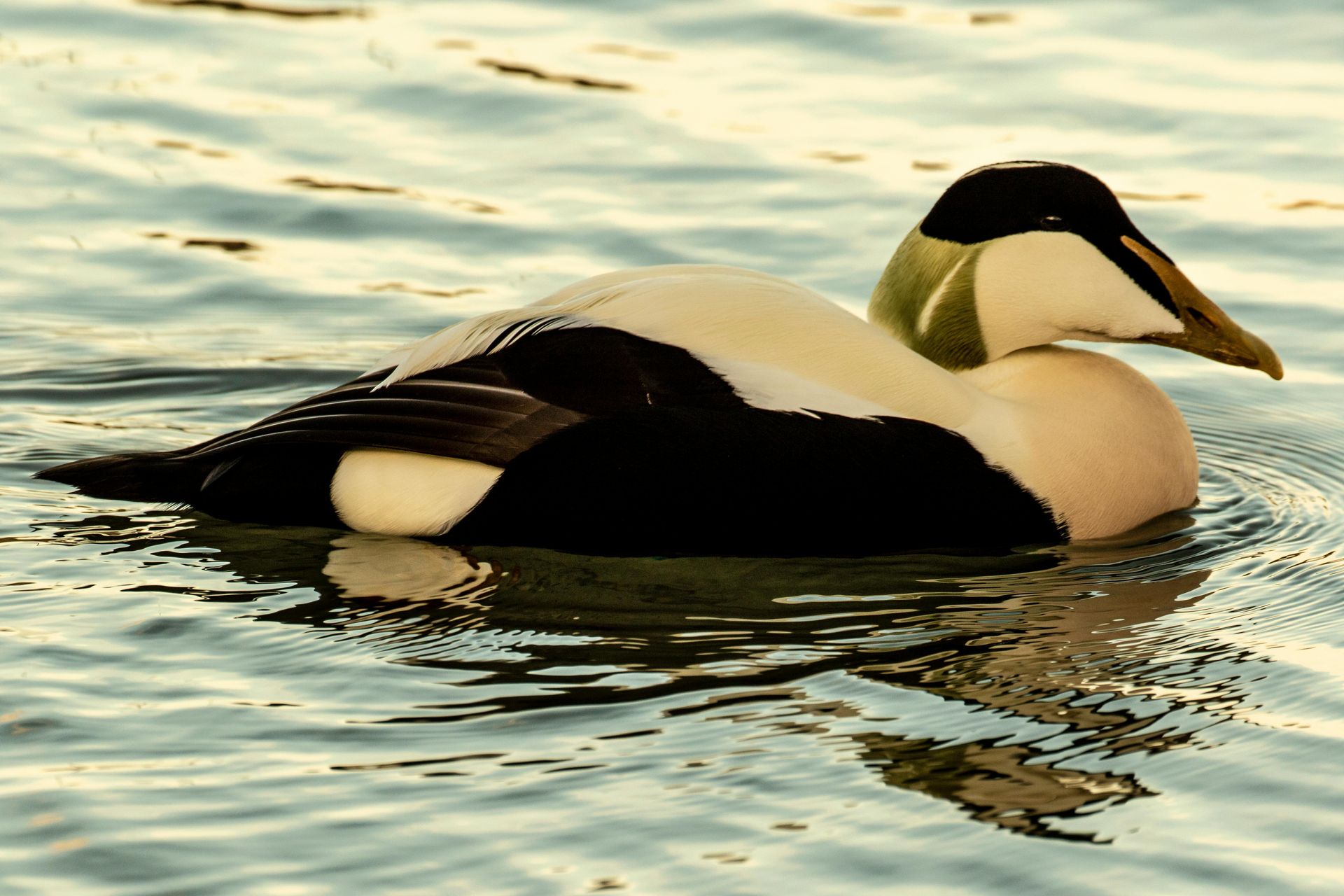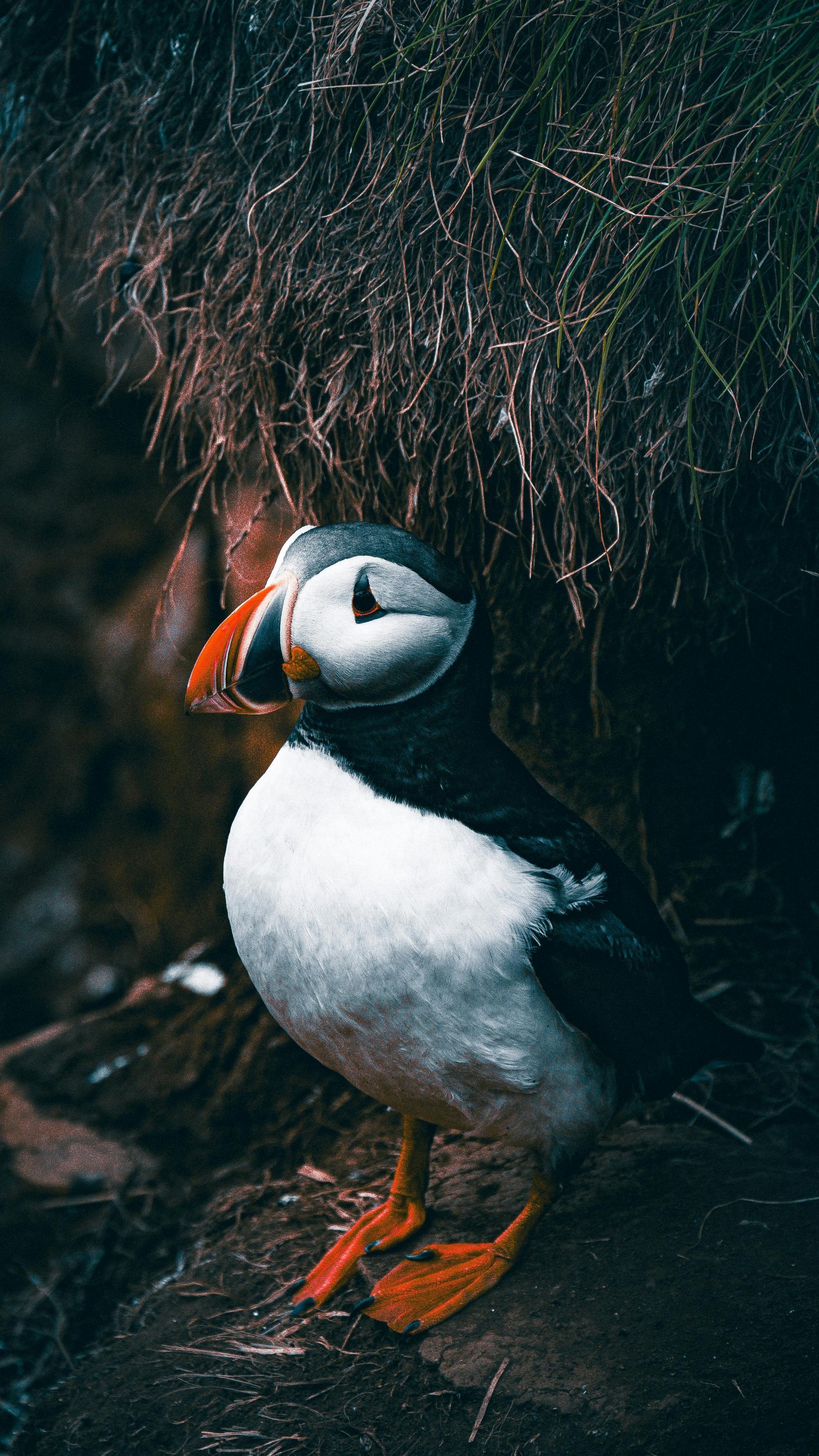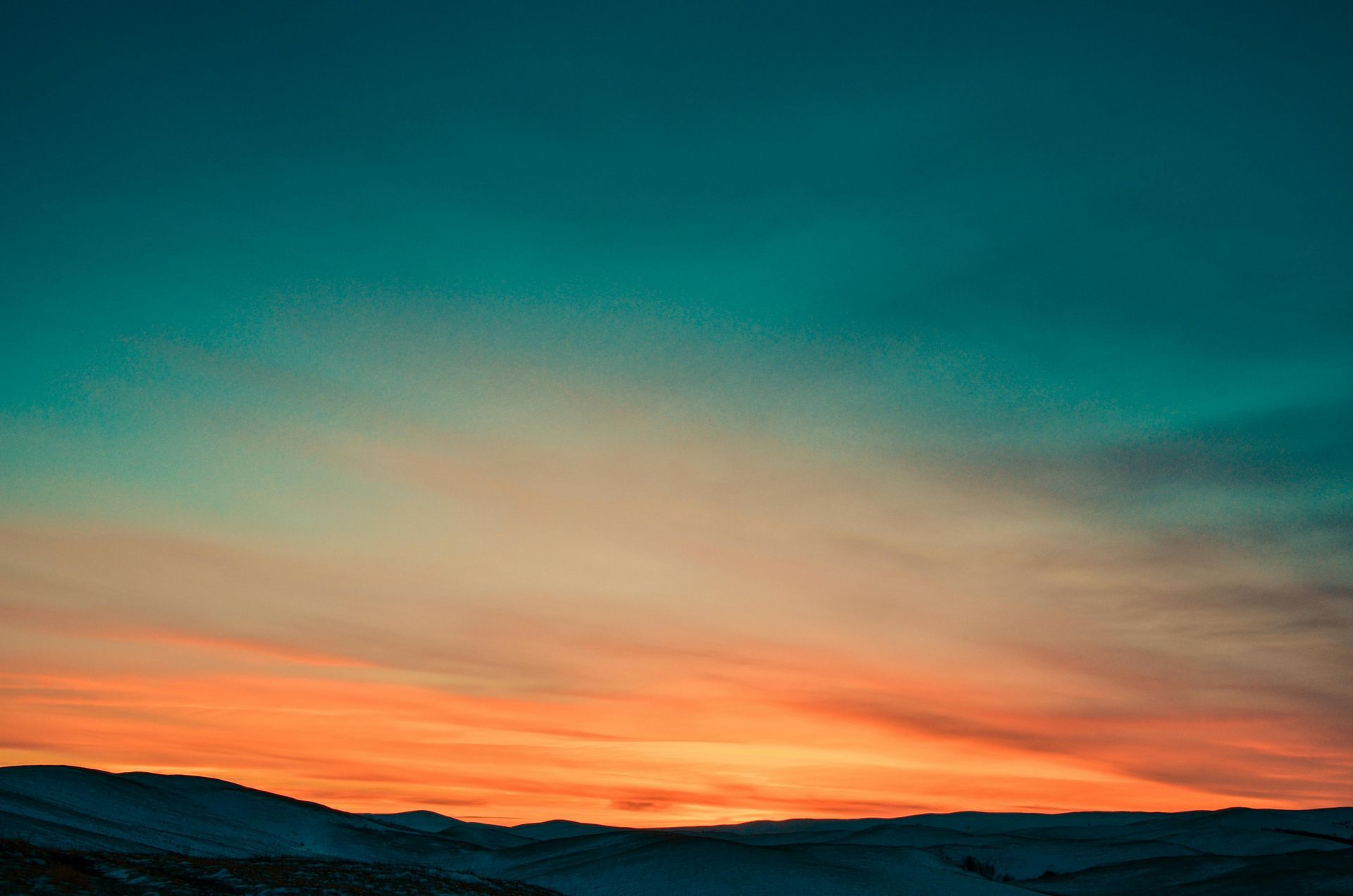Svalbard History Facts in February
Svalbard History Facts in February
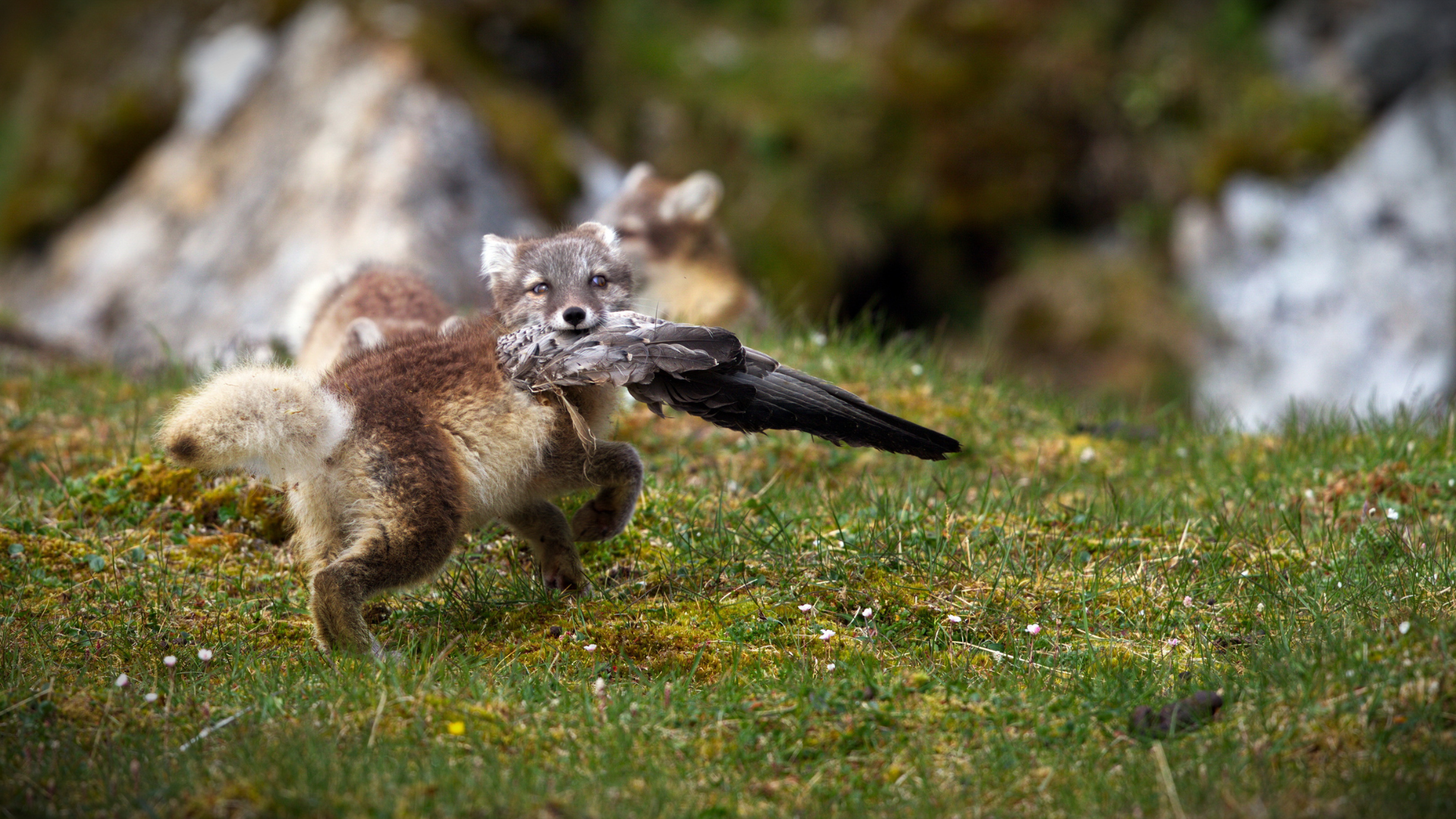
Amid the Arctic's icy embrace, Svalbard's history is a tapestry woven with threads of exploration, survival, and scientific discovery. February, a month when the archipelago is cloaked in polar night, holds secrets that resonate through its frozen landscapes. The early chapters of Svalbard's history are marked by the arrival of whalers and trappers in the 17th century. Dutch explorer Willem Barentsz's discovery in 1596 opened the doors to a new era, as European nations vied for control over its rich natural resources. The pursuit of whale oil drove fleets into the icy waters, setting the stage for centuries of human interaction with the Arctic environment.
As February progresses, the polar night begins to loosen its grip, revealing a landscape shaped by geological forces and human endeavor. The coal mining industry, which began in the early 20th century, left an indelible mark on Svalbard. Longyearbyen, the administrative center, owes its existence to this industry. The town, founded by American entrepreneur John Munroe Longyear in 1906, stands as a testament to human resilience in one of the most challenging environments on Earth. The remnants of old mining equipment and abandoned settlements scattered across the islands serve as silent witnesses to a bygone era.
In the heart of winter, Svalbard becomes a hub for scientific research, continuing a tradition that began in the early 20th century. The establishment of the Svalbard Treaty in 1920, which granted Norway sovereignty while allowing other signatories to engage in economic activities, laid the groundwork for international scientific collaboration. February's darkness provides an ideal backdrop for studying the Northern Lights, atmospheric phenomena, and the effects of climate change. Researchers from around the globe flock to Svalbard, contributing to our understanding of the planet's polar regions.
February's stark beauty also harbors tales of survival and adaptation. Indigenous populations never settled on Svalbard, but the archipelago has seen its share of hardy individuals braving the elements. The history of trapping, which peaked in the 19th and early 20th centuries, is filled with stories of men who spent months, even years, isolated in the wilderness, living off the land. Their log cabins, now preserved as cultural heritage sites, offer glimpses into the lives of these solitary adventurers.
The Second World War brought conflict to Svalbard's icy shores. In 1943, the archipelago became a battleground as German forces sought to disrupt Allied supply lines and weather stations. Operation Zitronella, a German raid on the settlements of Longyearbyen and Barentsburg, left a lasting impact. The scars of war, both physical and psychological, are part of Svalbard's complex history. February's quietude is a stark contrast to the tumultuous events that once unfolded here, reminding us of the resilience of those who endured.
Modern Svalbard is a blend of past and present, where history and contemporary life coexist in a delicate balance. The Svalbard Global Seed Vault, established in 2008, is a symbol of this fusion. Located near Longyearbyen, it serves as a global repository for the world's crop diversity, safeguarding against the loss of seeds in the event of a global catastrophe. February, with its cold and darkness, ensures the vault remains a secure and stable environment, reflecting humanity's foresight in preserving its agricultural heritage.
Tourism, a relatively recent addition to Svalbard's economic activities, brings visitors closer to its historical and natural wonders. February's unique light conditions, transitioning from polar night to the return of the sun, offer a surreal experience for travelers. Guided tours to historical sites, such as the abandoned Russian mining settlement of Pyramiden, provide insights into the archipelago's past. The juxtaposition of decaying Soviet-era buildings against the pristine Arctic landscape creates an unforgettable visual narrative.
As February draws to a close, Svalbard's history continues to unfold, shaped by both human endeavor and the relentless forces of nature. The archipelago's legacy is one of exploration, resilience, and adaptation, a testament to the enduring spirit of those who have called this icy frontier home. Svalbard in February is a living chronicle of the Arctic's past and a beacon guiding us into the future.



